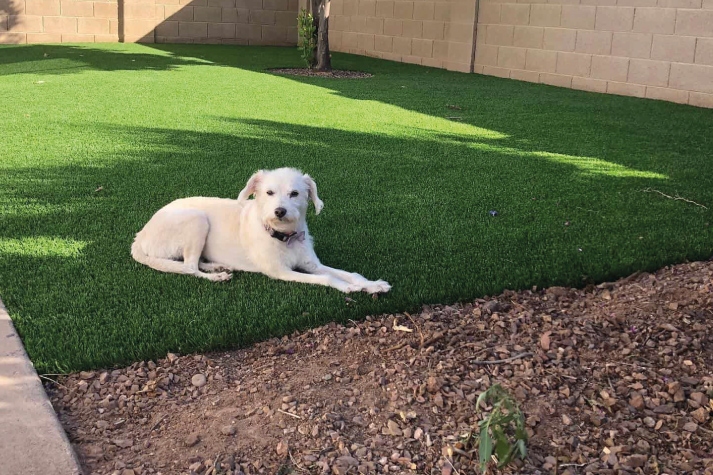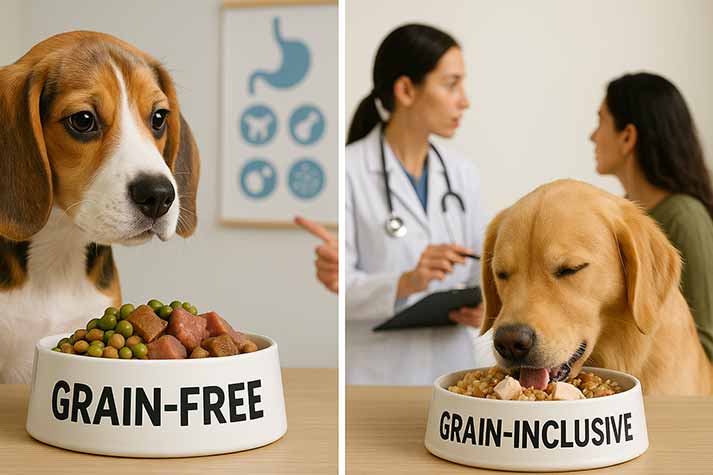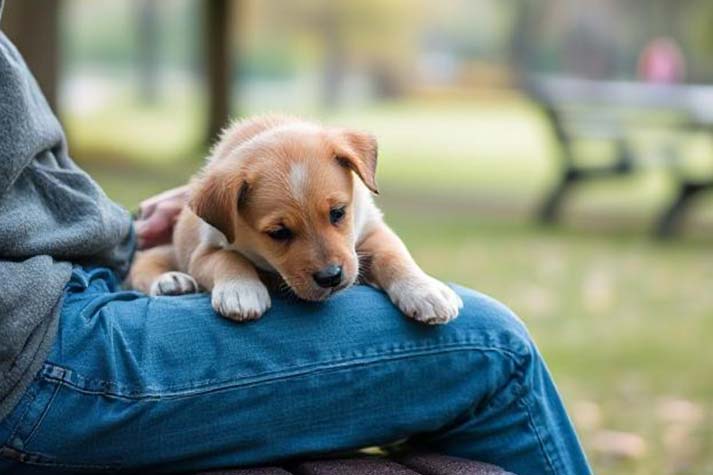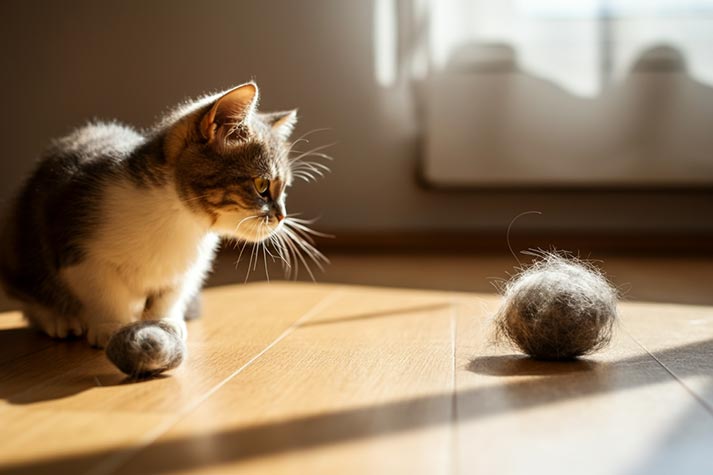
23 Oct
Pros and Cons of Artificial Grass for Dogs
30 years ago, natural grass was the surface of choice for courtyards and backyards. Natural grass is a great surface, but it also requires maintenance. Nowadays, it is common to see artificial pet turf in a pet parent’s home, and this is not without reason. Artificial grass/pet turf has plenty of benefits with not very many downsides, but it is important to consider all factors and make the right choice that will benefit your dog. Here are the pros and cons of artificial grass for dogs.
Advantages of Artificial grass for Dogs
Artificial grass is Durable
This is one of the most obvious benefits of artificial grass over natural grass surfaces. Synthetic grass is designed to be durable, resistant to wear-and-tear, and resistant to natural dog behaviours like digging.
While natural grass is typically ruined after a vigorous play session, turf is designed to withstand many play sessions without ripping up or coming apart. Turf offers a certain peace of mind, which helps you ensure your pet is entertained and in tune with their natural instincts like digging, without the drawbacks of regular maintenance and a visually ruined surface. This is also why artificial grass is used in and around areas that deal with international pet travel like airports.
Artificial Grass Stays Cleaner for Longer
Natural grass contains a plethora of microorganisms. Ants, fleas, ticks, and a host of other pests use naturally grassy areas as their breeding grounds, meaning a dog rolling around in grass invariably picks up a few pests here and there. This isn’t an issue with synthetic grass, as pests generally steer clear of it, meaning no more unwanted pests on your pup and in your house.
While natural grass can get thin or patchy, artificial grass does not suffer from these drawbacks, so you won’t have to worry about maintenance. You also won’t have to worry about mud being tracked into your home, which is a nice little bonus on top of the no-monthly-maintenance-needed.
Dogs Cannot Tell One from the Other
A concern shared by pet parents is that their pup will not interact with turf the same way they would with grass. While a valid concern, it is an unnecessary one, as modern synthetic surfaces are designed to replicate the sensation of natural grass and is soft and lush as a result. Pets can hardly tell the difference between the two, making it an excellent alternative to real grass.
Ease of Use All Year Round
Regardless of the prevailing weather conditions in your area, artificial grass is immune to it all. It requires no trimming, weeding, mud, dirt, or pesticides to retain its condition, and will not wilt or wither, unlike natural grass which will require significant tending to and maintenance. Natural grass also takes time to replenish after colder months or after a rough digging session by your pup, so bear that in mind as well.
Drawbacks of Artificial Grass for Dogs
As with most things in life, nothing is perfect and the same goes for artificial grass. While it does offer numerous benefits, it isn’t without its drawbacks. Here are a few of the downsides of artificial grass for dogs.
Heat
Unlike natural grass, a turfed lawn can get very hot and stay that way. Given how a lawn is exposed to sunlight for most of the day, an extremely hot turn lawn can be uncomfortable to walk on and can cause discomfort to your pet, whose paws are sensitive to such high temperatures.
Odour
While artificial turf requires very little maintenance in general, you will have to be wary of foul odours. A turf might not look that dirty, though it doesn’t stain, it will smell if left unattended. A weekly hosing-down of the turn is recommended, especially if your pet spends a lot of time on it. A general cleaner or bleach may be employed for those fouler smells which refuse to go away. Alternatively, an anti-odour turf is a good idea to combat the odour.
Price
Artificial grass is not cheap. Depending on the type & size of the area you are looking to turf, the cost can seem exorbitant. However, the higher cost you pay initially is offset by the negligible maintenance required for it. It is a purchase which makes sense long-term but seems costly in a shorter time frame. Natural grass might be cheaper at first, but the cost of weeding, construction, and maintenance will make it costly in the long run.
Overall, artificial grass is a more convenient alternative to natural grass, with a few caveats. Choose the option that better suits your needs and those of your pets, and if you do select artificial grass, make sure to specify a chemical-free, non-toxic turf.






AUTHOR’S BIO
Carry My Pet
Passionate pet enthusiasts and globetrotters, dedicated to easing furry friends' journeys worldwide. Penning tales of compassion at CarryMyPet, where every relocation is a tail-wagging adventure.